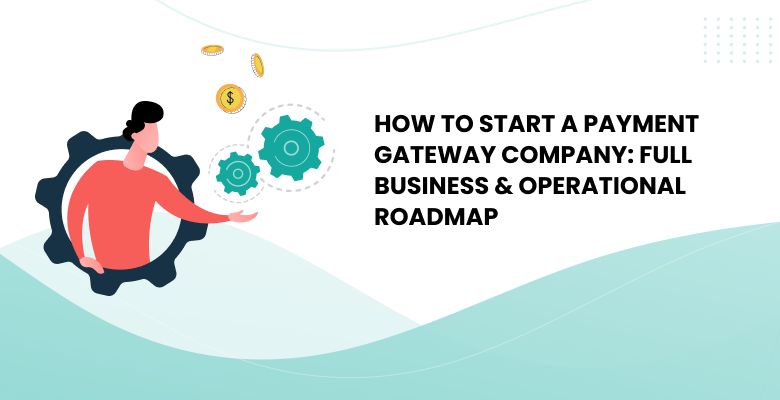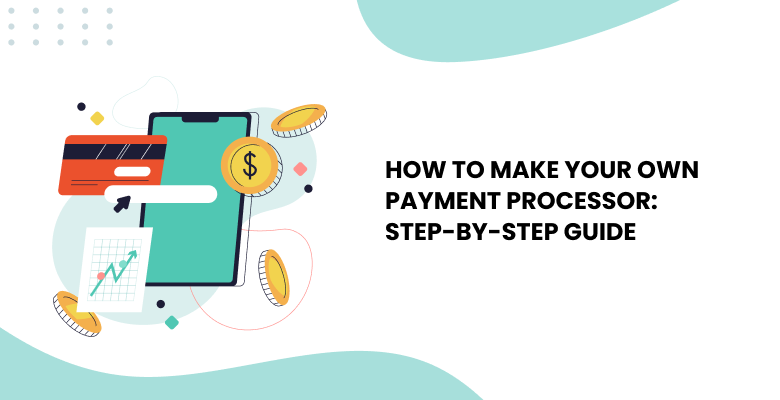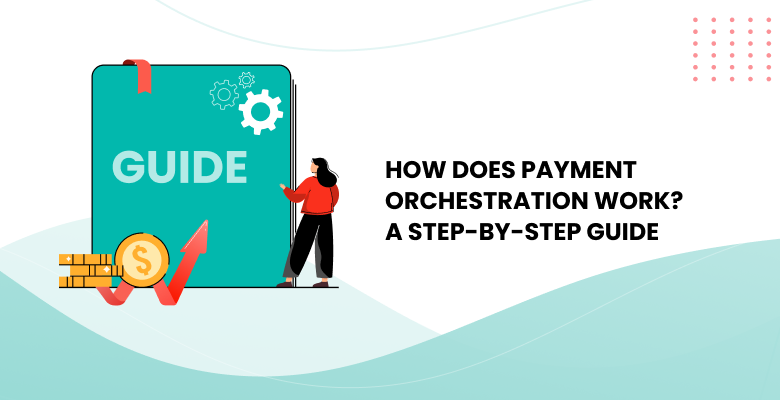BPay is a digital bill settlement platform in Australia that facilitates payments via a bank’s online, mobile, or phone banking services to affiliated BPay biller entities. Unlike conventional payment gateways such as Stripe or PayPal, BPay serves as an efficient mechanism for bill settlements.
BPay Solutions
Biller Registration: Entities and businesses enroll with BPay. Post registration, they can dispatch invoices adorned with the BPay emblem, a unique Biller Code, and a specific customer reference number (CRN).
Making a Payment: For settling a bill via BPay, customers access their bank’s digital interface – be it online, mobile, or telephone. They input the given Biller Code and CRN, followed by the payment sum.
Confirmation: After a transaction, billers typically obtain the funds by the subsequent working day, coupled with relevant payment data. This aids them in timely record updating.
Robust Security: BPay boasts commendable security standards. Functioning within the confines of Australian financial norms, it integrates multi-tiered safety protocols, ensuring protection on the banking side and within BPay’s own ecosystem.
Diverse Application: BPay is adaptable for a spectrum of bills, spanning utilities, credit card dues, municipal charges, to insurance contributions.
BPay View Feature: Selected banks provide BPay View, an avenue for clients to access, scrutinize, and settle bills directly via their digital banking platforms.
Highlight: BPay, while being a renowned system in Australia, isn’t designed for e-commerce exchanges akin to conventional payment channels. Its core intent is to refine the bill settlement experience for consumers and businesses alike. It provides a fortified payment channel through bank platforms, whether online, mobile, or telephonic, guaranteeing that every transaction is shielded by premier banking safety measures. Enthusiasts appreciate BPay for its instantaneous payment acknowledgments and its user-friendly nature, necessitating just a Biller Code and CRN for transaction execution.
Steps to Get Started with BPay
Embarking on the BPay journey offers a seamless billing solution for both businesses and consumers in Australia.
For Businesses (Biller Role):
Engage with Your Bank: Start by reaching out to your commercial bank or financial service provider. The majority of prominent Australian banks provide BPay services to their business clientele.
Submission Process: Your bank will navigate you through the BPay biller enrollment process. This involves furnishing pertinent business information, acknowledging BPay’s stipulations, and potentially covering initial registration expenses.
Integration and Setup: Post-approval, you’ll be endowed with a distinct Biller Code. Depending on your operational model, you might integrate BPay into your billing system or manually insert the BPay Biller Code and the tailored CRN into your bills.
Orientation: Familiarizing yourself with the BPay mechanism, reconciling transactions, and overseeing customer CRNs is crucial. Either BPay or your bank might extend educational tools or sessions to assist in this.
Commence Payment Acceptance: Having configured all elements, you’re primed to start receiving BPay payments. Transactions executed before the specified bank deadline are typically reflected in your account by the subsequent working day.
For Individuals (Payee Steps):
Ensure BPay Compatibility: Verify if your banking institution supports BPay through its online, mobile, or telephone services. Most premier Australian banks have this functionality.
Gather Necessary BPay Details: When readying for a transaction, identify the Biller Code and your distinct Customer Reference Number (CRN), both of which are highlighted on your bill.
Navigate to Your Banking Interface: Log into your preferred banking channel, be it online, mobile, or telephone. Look for the BPay section, usually positioned under the payments or transfer segment.
Initiate the Payment: Enter the provided Biller Code, CRN, and the specific amount you wish to remit. Double-check the entered details for accuracy before finalizing the transaction.
Await Confirmation: After the transaction, expect a receipt or a unique transaction ID, serving as proof of your payment.











